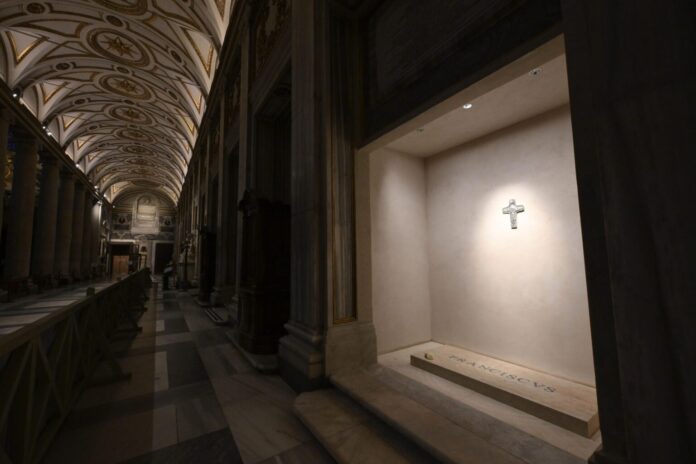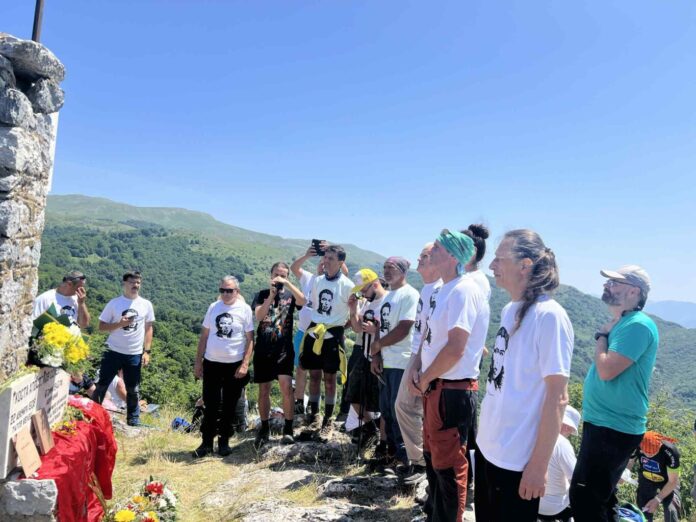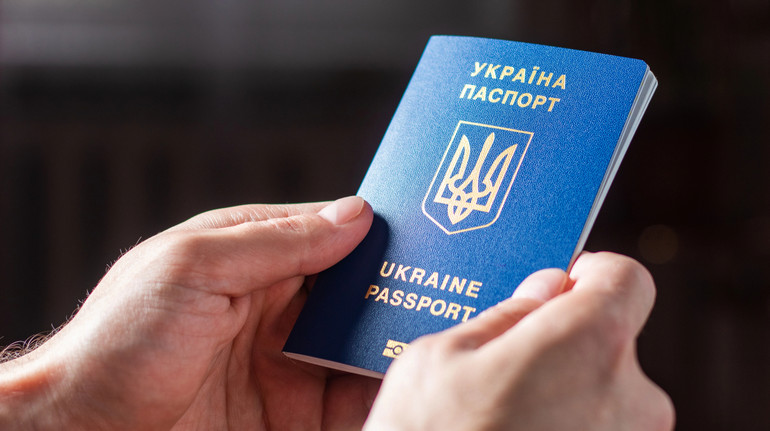Believers will be able to visit Pope Francis’ tomb today

From today’s tomb of Pope Francis in the Santa Maria Maggiore Basilica in Rome will be open to believers – the Vatican said.
The pope, who died at the age of 88 on April 21, was buried yesterday in a tomb separated between two chapels in the Roman basilica, after a grief ceremony in the Vatican. The coffin setting ceremony lasted about half an hour.
The funeral in the Santa Maria Maggiore Basilica was attended by only the closest ones, and the simple, wooden casket of the pope was welcomed with bells.
Before that basilica, about six kilometers from the Vatican, the Pope’s body was greeted by 40 members of marginalized groups, which he particularly advocated during the service, including migrants, homeless, prisoners and transgender.
Earlier, after the mass of St. Peter’s Square in the Vatican, the papobile with the casket passed through the streets of Rome, with the crowd of people saying goodbye to the head of the Roman Catholic Church.
According to official Vatican data, about 250,000 people, as well as 170 foreign delegations, attended the Vatican Mass. Among them were heads of state and government, monarchs, former statesmen, politicians from Italy and other countries, intellectuals, artists. Later, Italian Interior Minister Matteo Piantedozi said at least 400,000 people attended Pope Francis’ funeral, gathered at St. Peter Square and on the streets of Rome.
The whole event was attended by about 2,700 accredited journalists.
In the history of the Holy See, several popes were buried in similar tombs outside the Vatican, including Gregory XII in Rekanati, Benedict XII and John XXII in Avignon, and Gregory X in Archo. The last pope to be buried in this way outside the Vatican was Leo XIII, who died in 1903 and was buried in the San Giovanni Basilica in Laterano in Rome.
The tombs of the popes are part of the church and cultural heritage.
Pope Francis has asked to be buried at the Roman Basilica Santa Maria Maggiore, where the famous Byzantine icon of the Mother of God, before which he had a habit of praying before and after each apostolic journey.








